In 1944, the Allies began making significant advances against the Nazi German regime and its Axis supporters in Europe. From the fall of Rome in June 1944 through to the German surrender nearly a year later, they liberated a string of capital cities across Europe.
The response of citizens within these cities varied with their experiences of the war.
Rome
The liberation of Rome emerged from the rogue actions of American General, Mark Clark, who rushed for the Italian capital rather than follow his orders to pursue the retreating Germans. This act of dissent earned him a warm welcome from the Italians, who were saved from the worst horrors of urban warfare by an orderly German withdrawal.
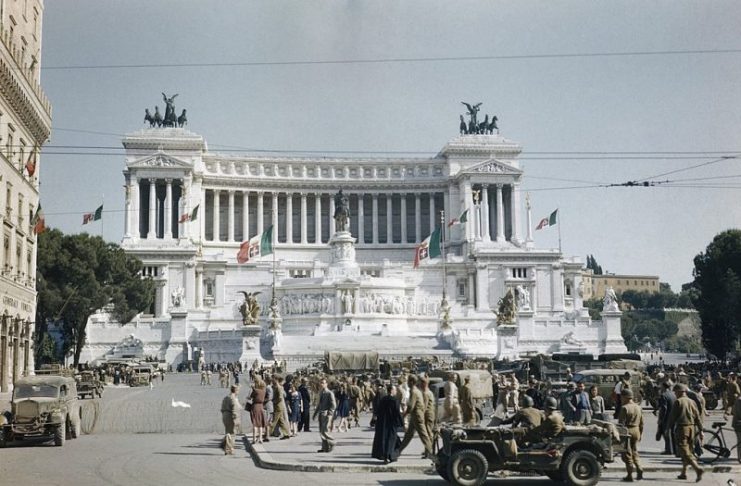
With their city largely intact, the Romans shut up their shops and flooded the streets to welcome the Americans. They cheered, waved, and threw flowers to the soldiers.
Even the Pope joined in the celebrations. Appearing on his balcony, he praised both sides for saving the city from destruction.
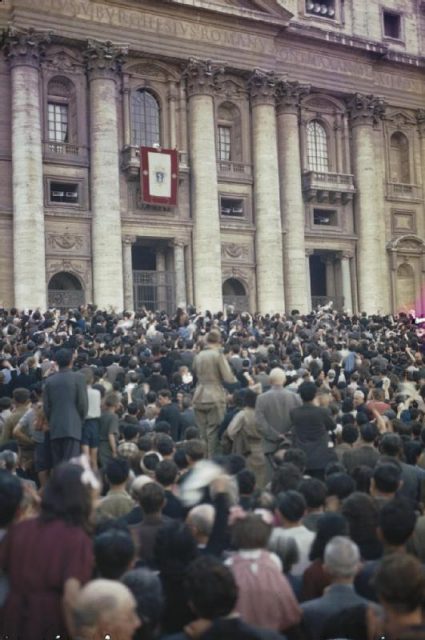
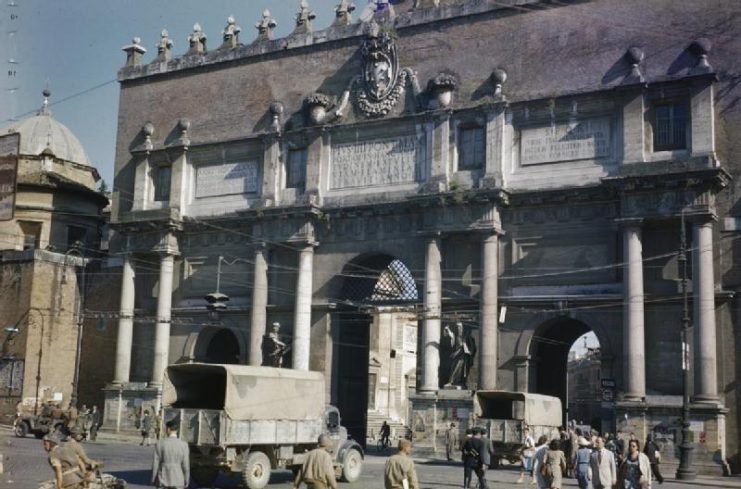
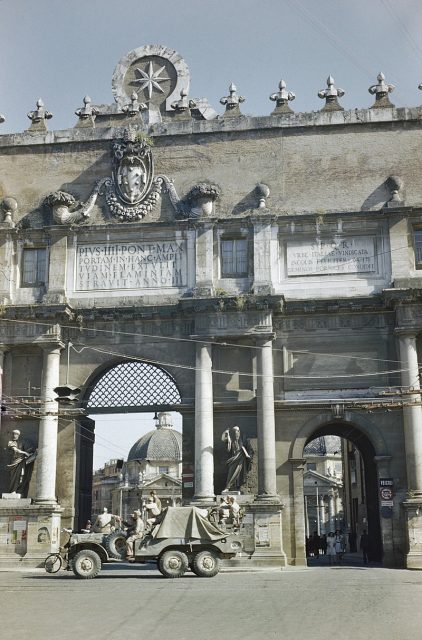
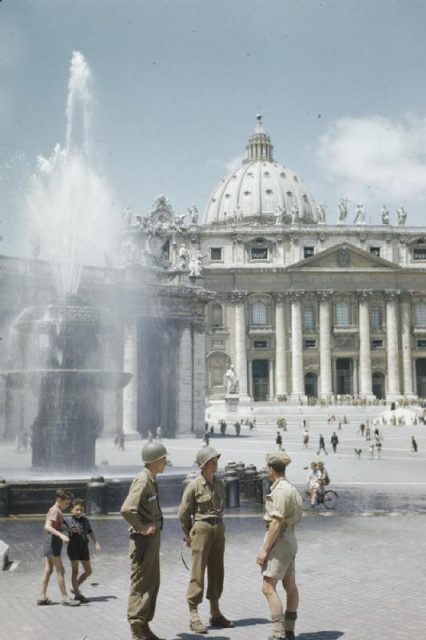
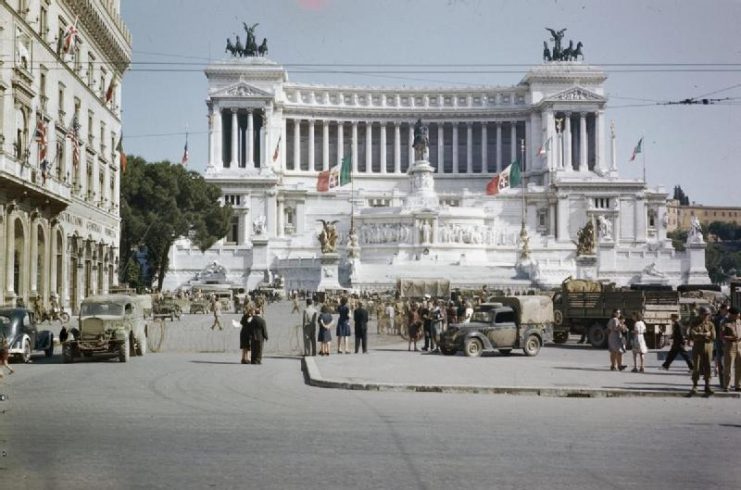
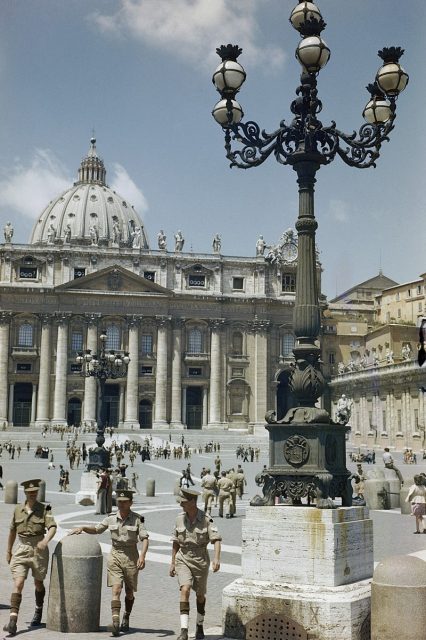
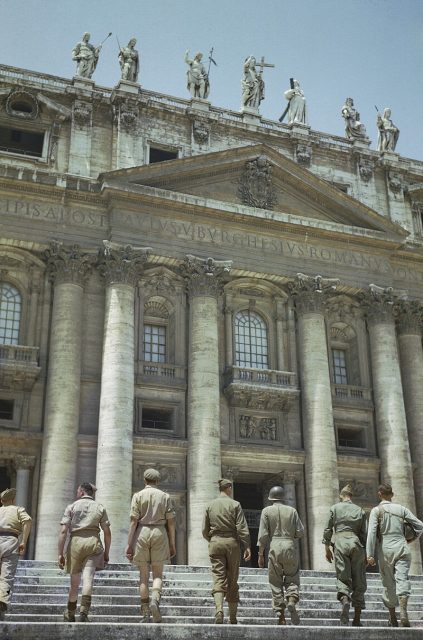
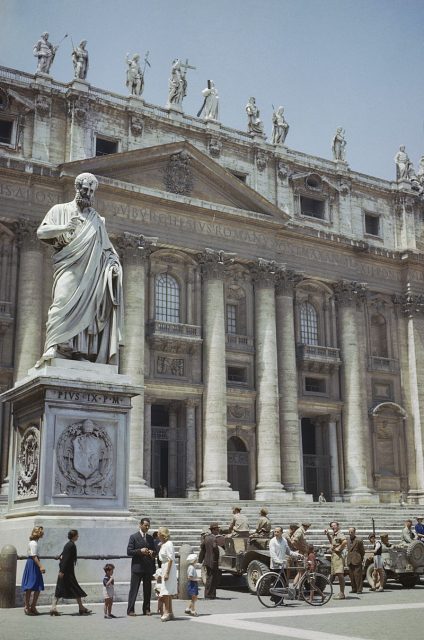
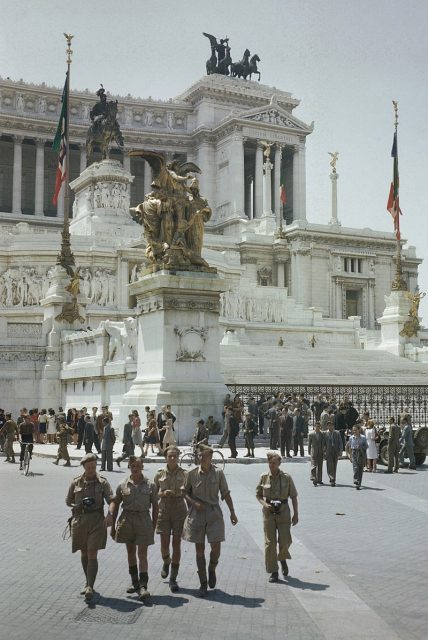
Paris
The liberation of Paris was a carefully orchestrated affair, designed to bolster the prestige of General de Gaulle’s Free French government.
Free French forces were given the lead in the approach to the city, supported by the Americans rather than the British, with whom the French had an awkward relationship.
An uprising in the city preceded this army’s arrival by several days, but it was the Allied advance that forced the Germans to surrender.
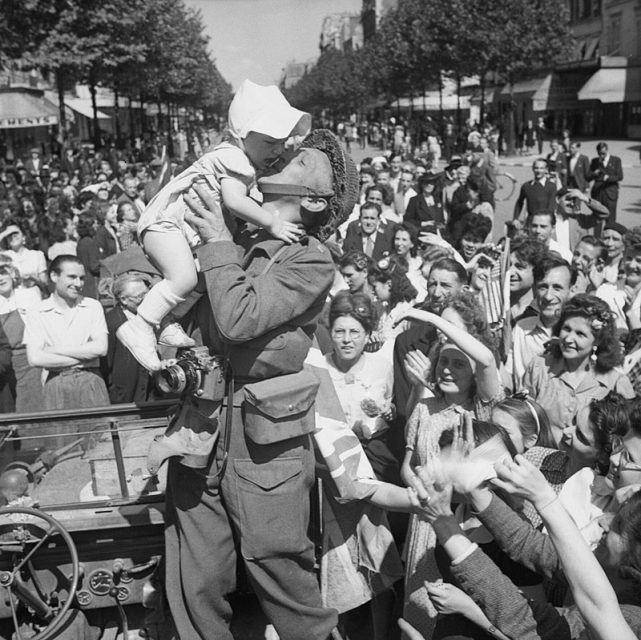
Arriving in the city, soldiers were greeted with singing, cheering, laughter, and even tears of joy. They were handed bottles of wine, offered the services of brothels, and lifted high on the shoulders of the jubilant crowds.
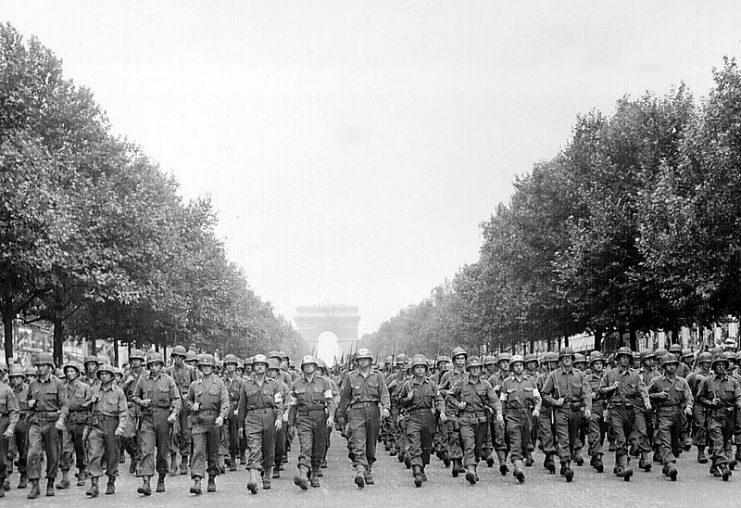
The day after the German surrender, the Free French army held a parade through Paris, watched by large celebrating crowds. Three days later, the Americans got their own parade, once again cheered by the Parisians.
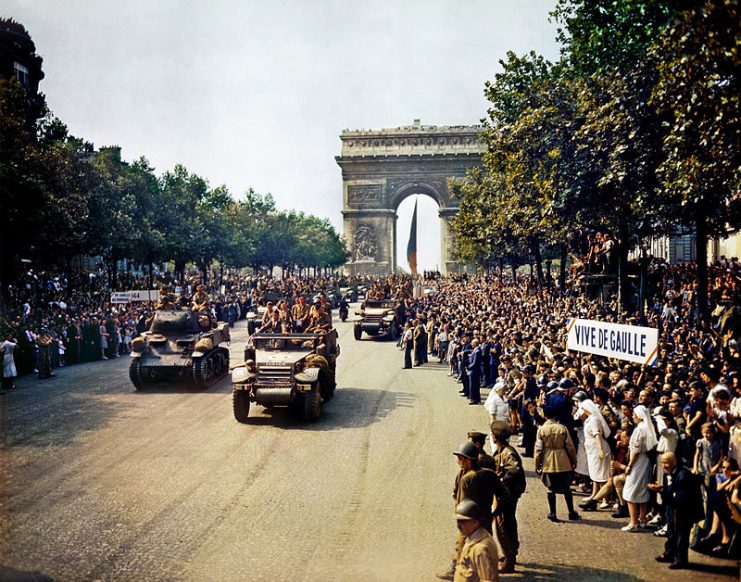
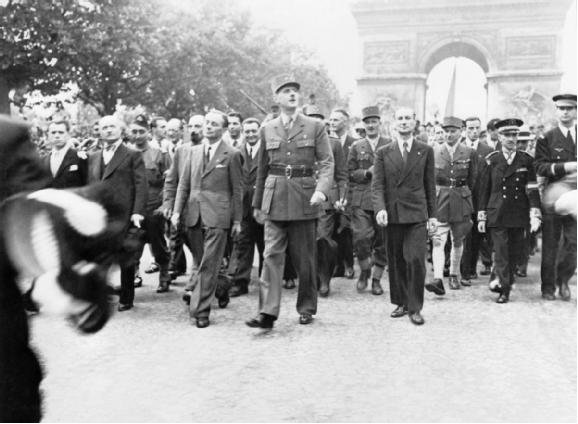
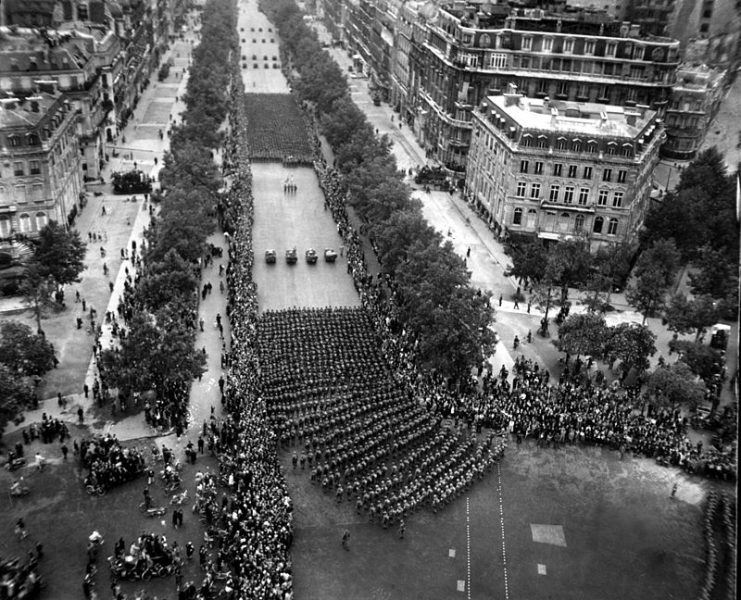
Brussels
Having seen the prestige and presents handed out to the Americans, the British wanted their turn. To get it, they advanced at full speed across Belgium, towards the capital city of Brussels.
The Belgians had been preparing for liberation. People had crafted banners welcoming their liberators while printers secretly produced thousands of Belgian and Allied flags under the noses of the occupying Germans.
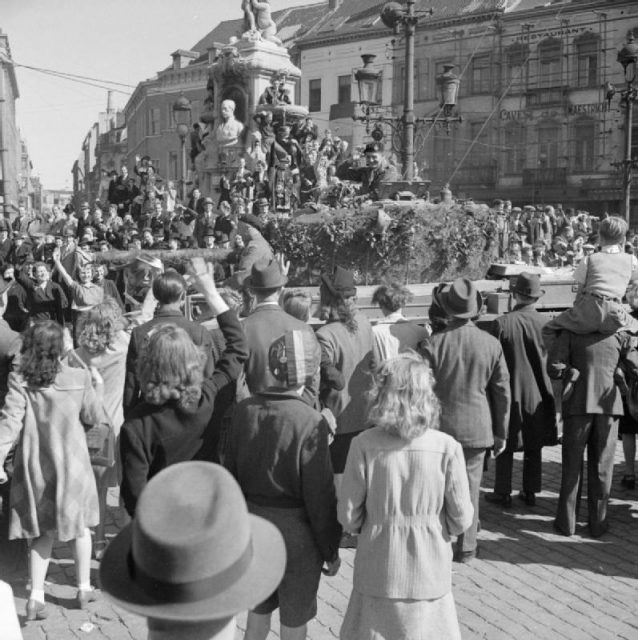
While the Germans were still withdrawing from the east of the city, crowds cheered the arriving troops.
Amid the cheering and the waving of flags, soldiers were hugged by locals or taken into the hospitality of their homes, where weary and travel-stained infantrymen experienced the luxury of a proper bath and shave.
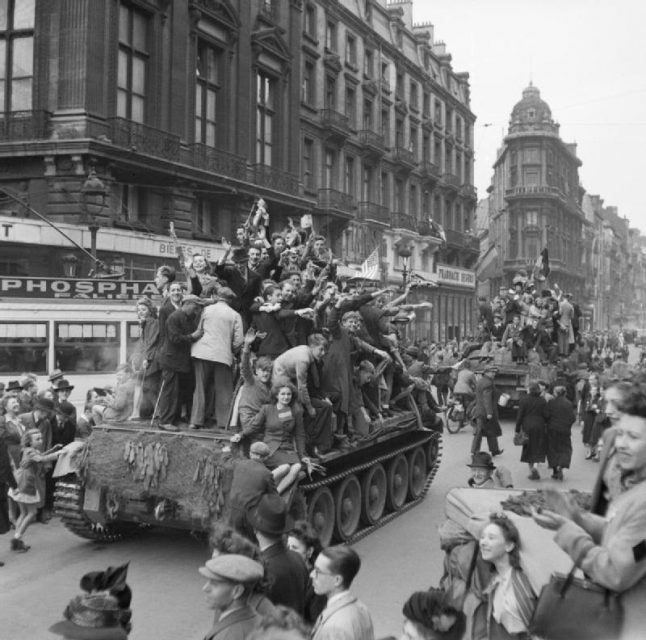
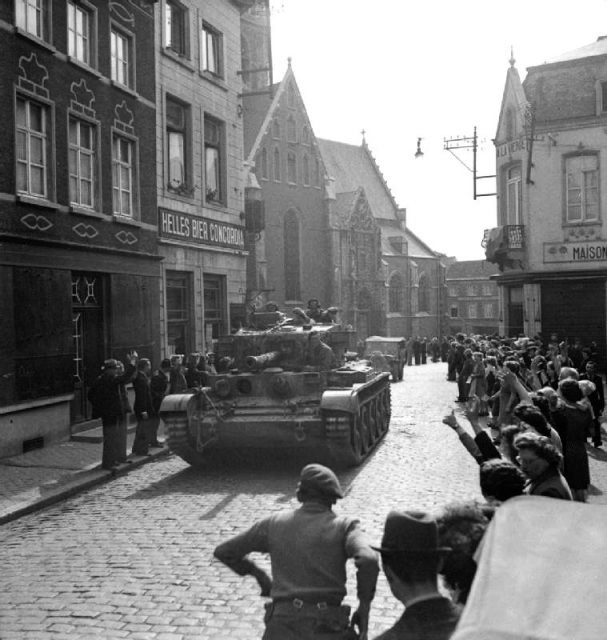
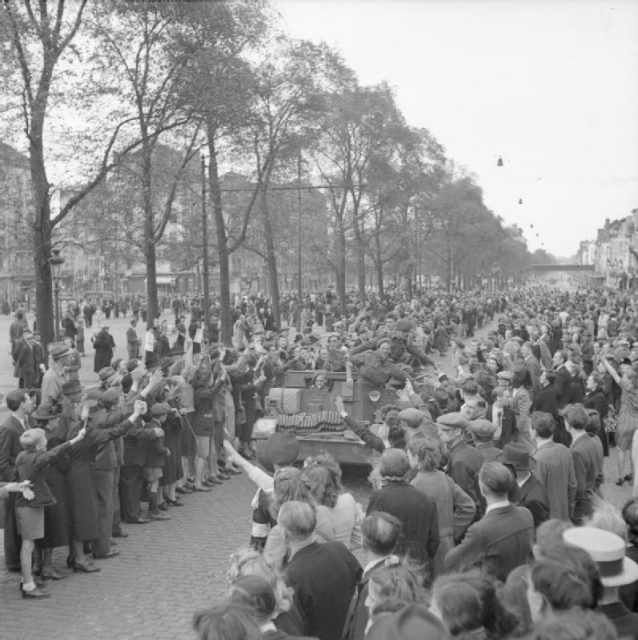
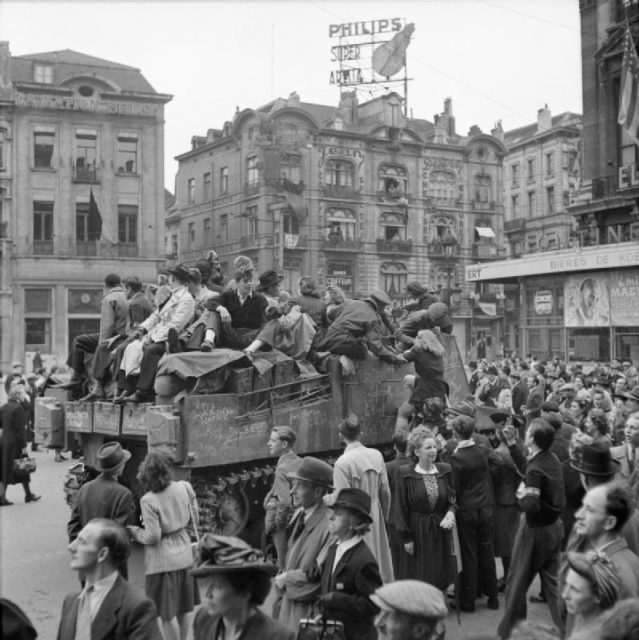
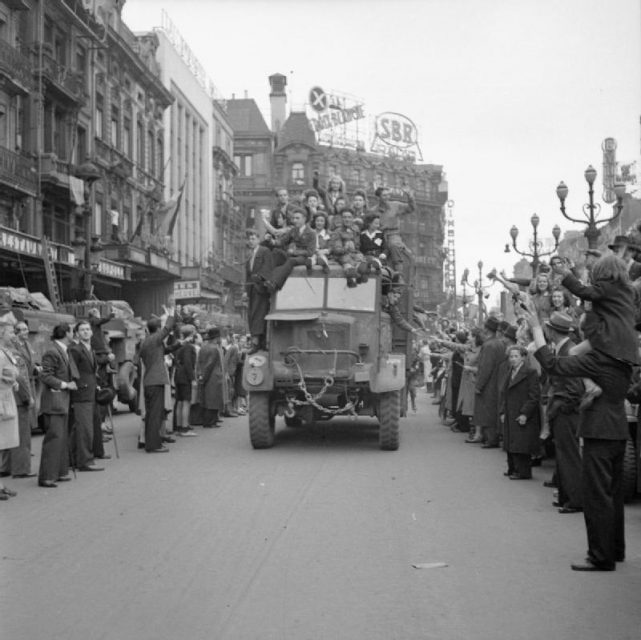
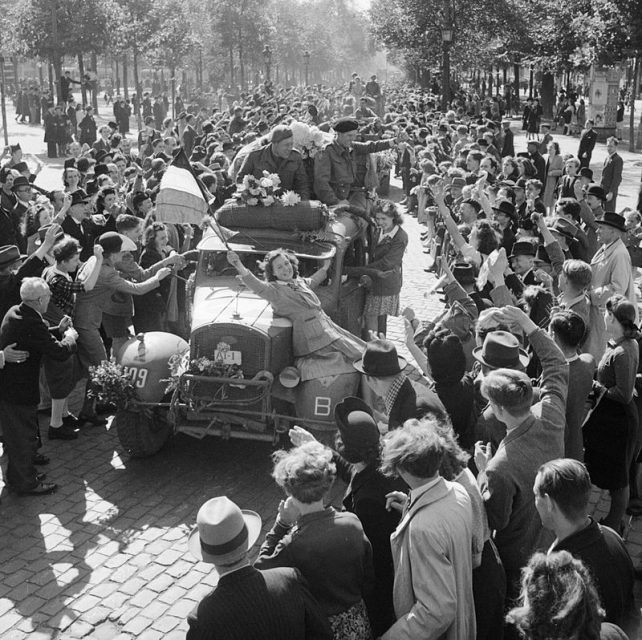
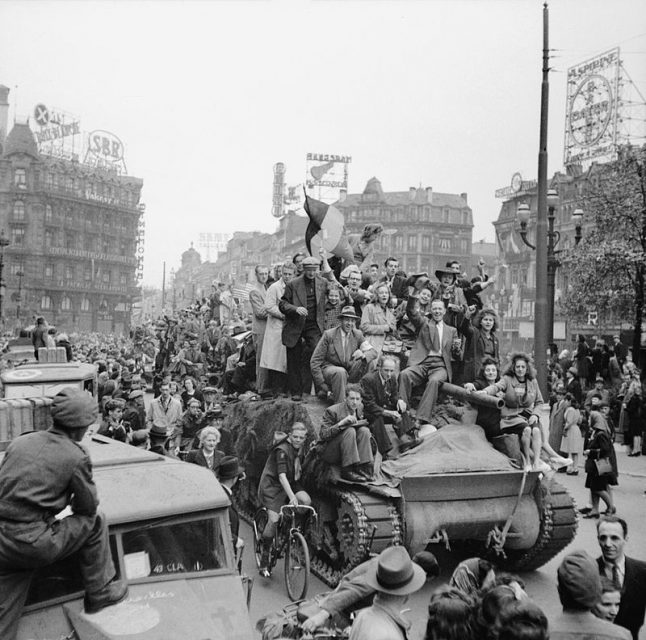
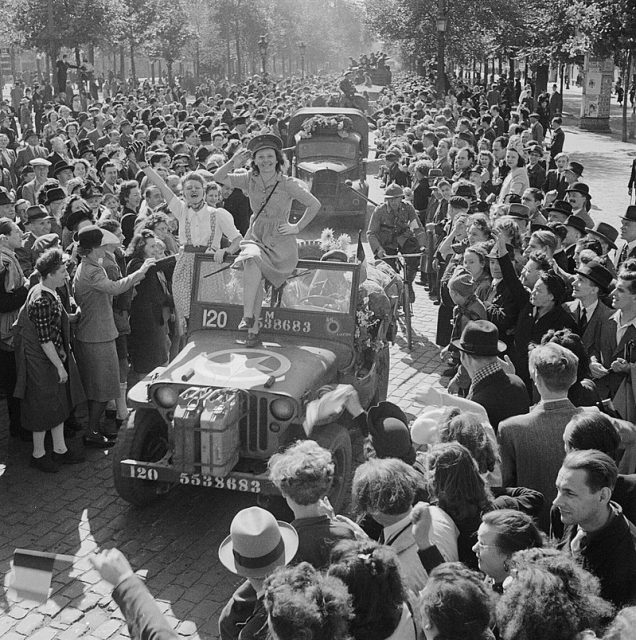
Luxembourg
The smallest country to be liberated was Luxembourg. Here, General Patton’s army took the capital without firing a shot, to the relief of its citizens.
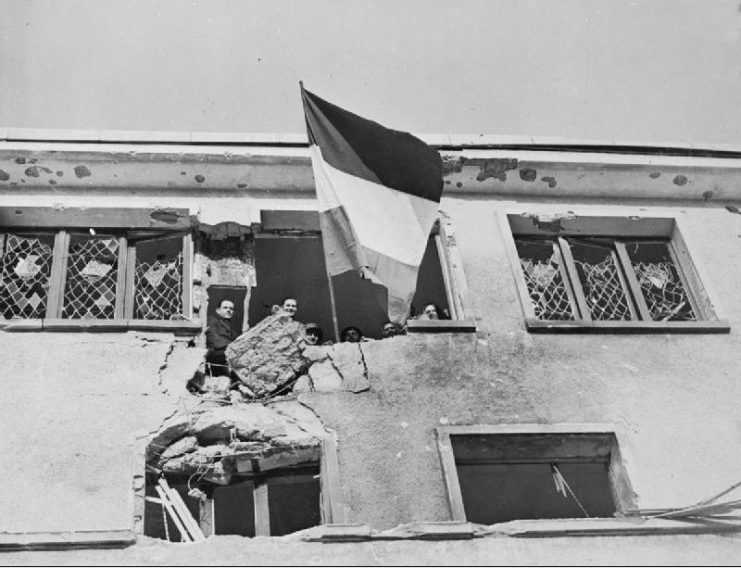
The liberation of the city triggered armed uprisings elsewhere in the country, as Luxembourg’s resistance rose up against the Germans.
Meanwhile, an American officer named Colonel Codman had the strange experience of escorting the nation’s ruler, Prince Felix, back to his capital. The Prince was disappointed to discover that the Germans had not properly looted his palace, leaving behind furniture that he hated but his wife loved.
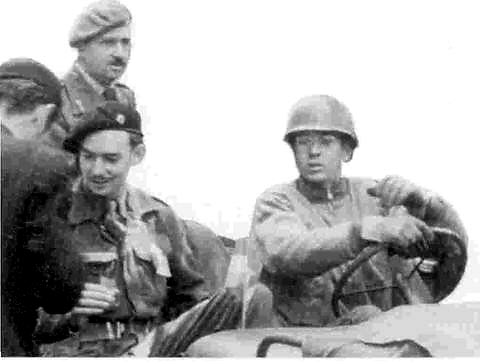
Amsterdam
The capital of the Netherlands didn’t experience the same moment of late war liberation as its neighbors. After the failure of Operation Market Garden, the Germans clung on in the Netherlands until their surrender in May 1945.
Canadian troops played a particularly important part in this campaign, but by the time their work was done, the world was moving on. There would be no great cathartic welcome for them.
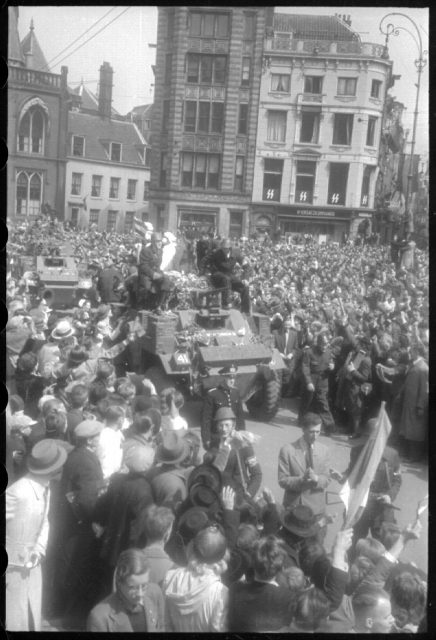
IISG CC BY-SA 2.0
When Amsterdammers did celebrate their liberation on the 7th of May, the moment was marred by violence. German marines fired on civilians celebrating in Dam Square. 22 people died.
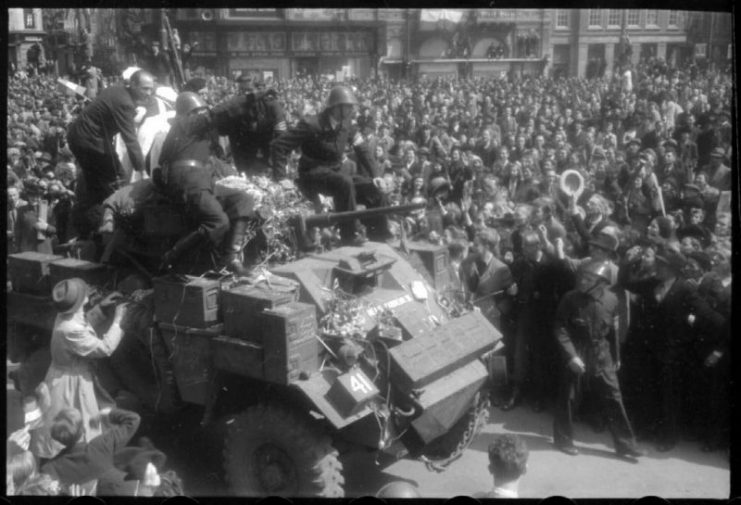
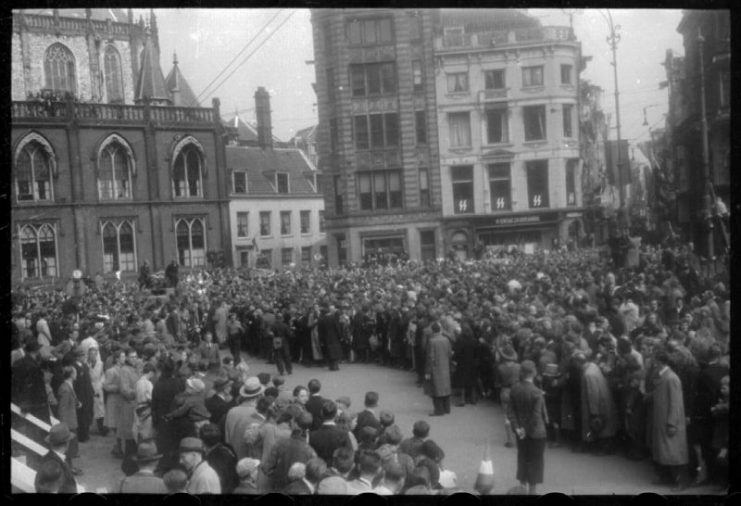
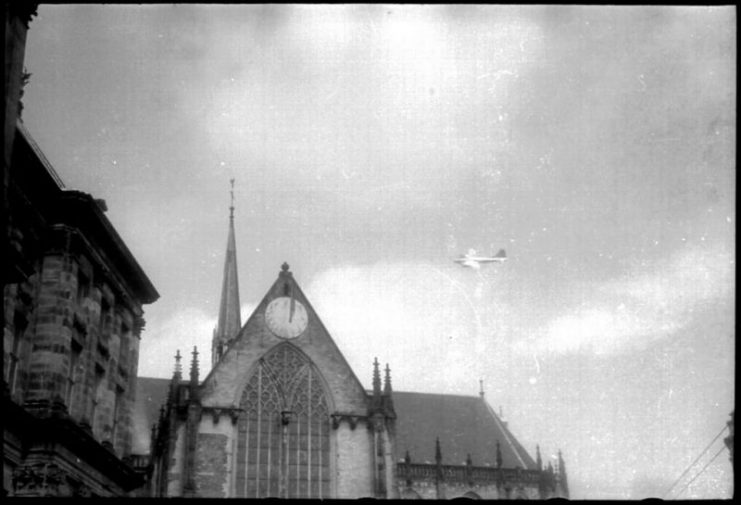
Warsaw
By the time the Polish capital of Warsaw was liberated, its inhabitants had been through too much horror to feel like celebrating.
In August 1944, the Soviet army was advancing on Warsaw. Resistance fighters within the city rose up against the Germans, expecting that they would soon have outside help.
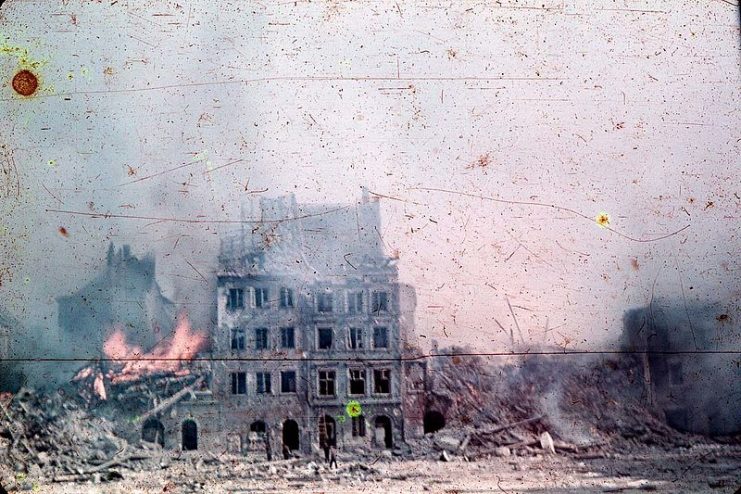
But the Soviet advance stalled short of the city. Rather than helping the rebels, the Soviets refused to even send in supplies. The rebellion was brutally crushed, most of the city was demolished, its citizens killed or deported.
By the time the Soviets arrived in early 1945, the Poles felt weary and betrayed. There would be no warm welcome for their supposed liberators, really conquerors from a different dictatorship.
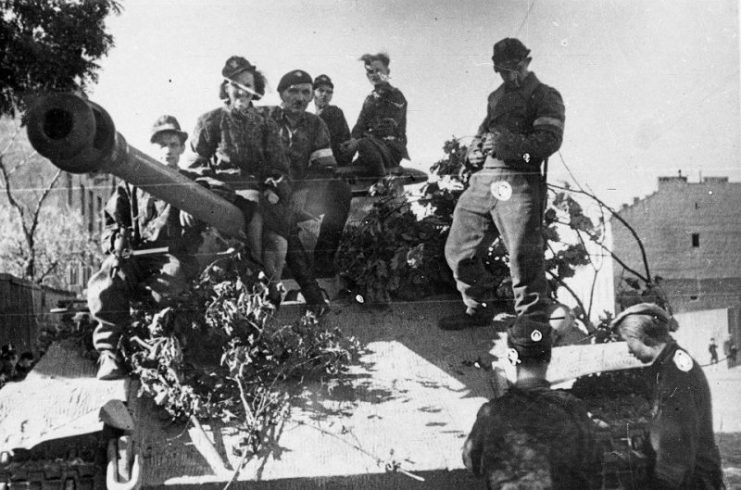
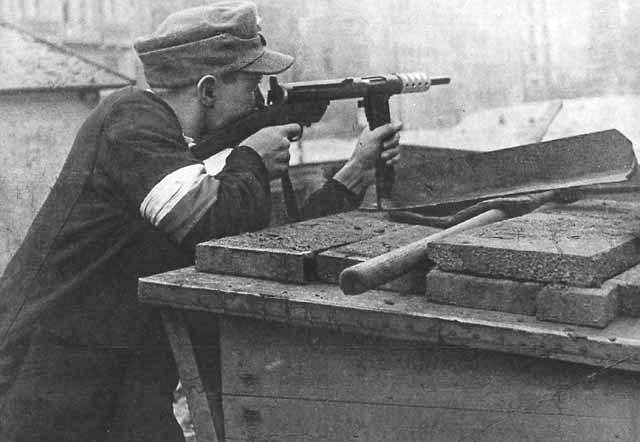
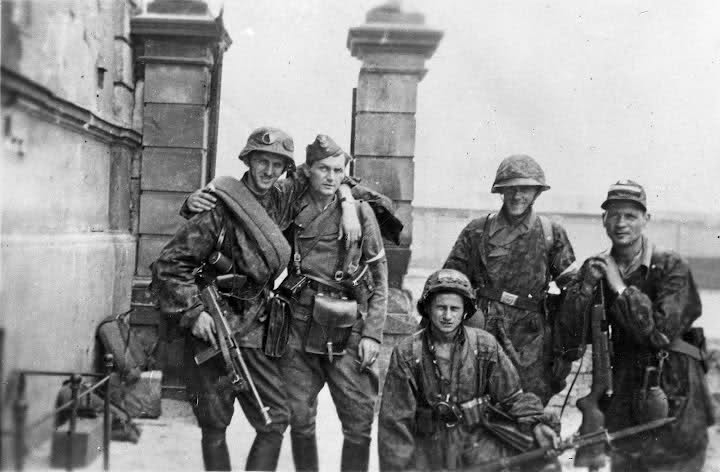
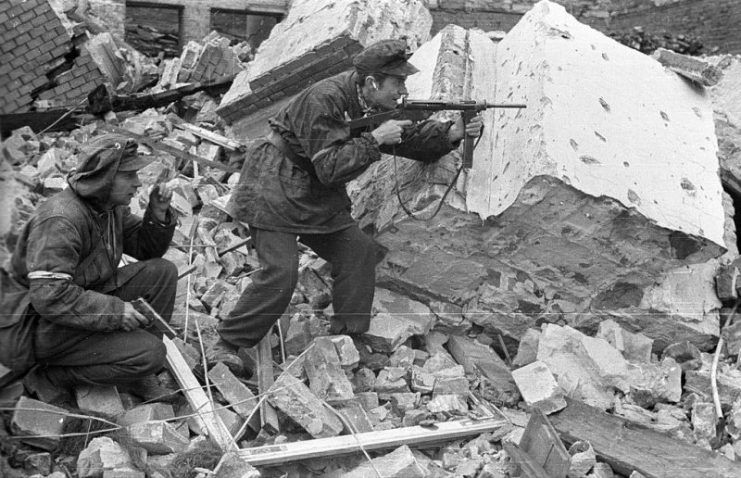
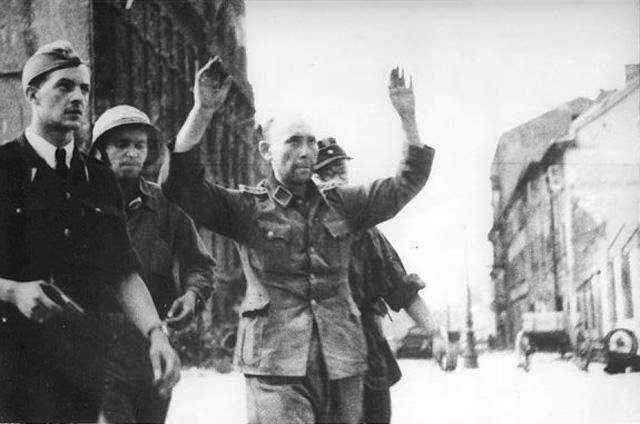
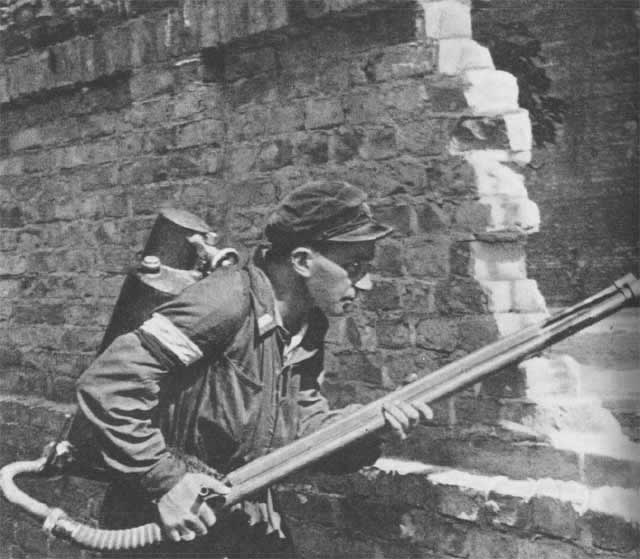
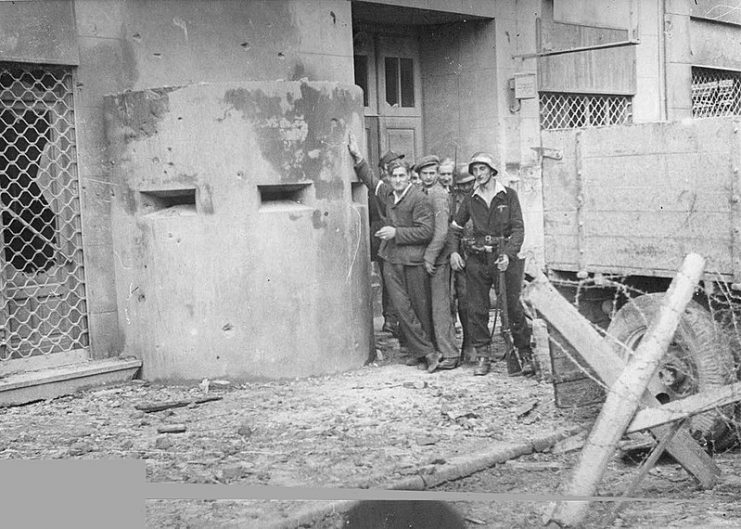
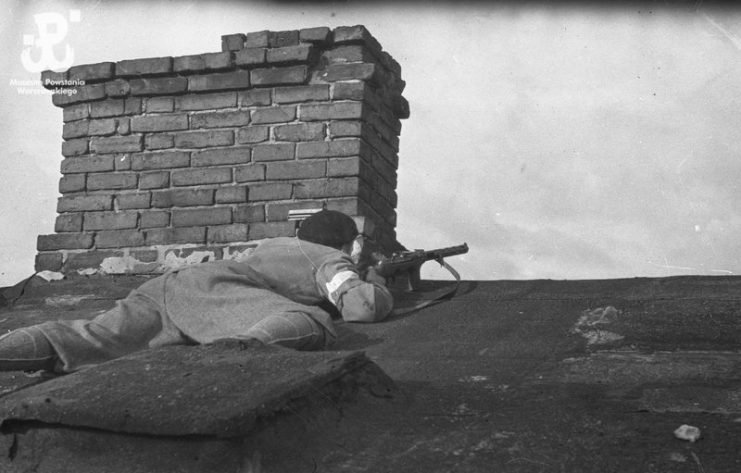
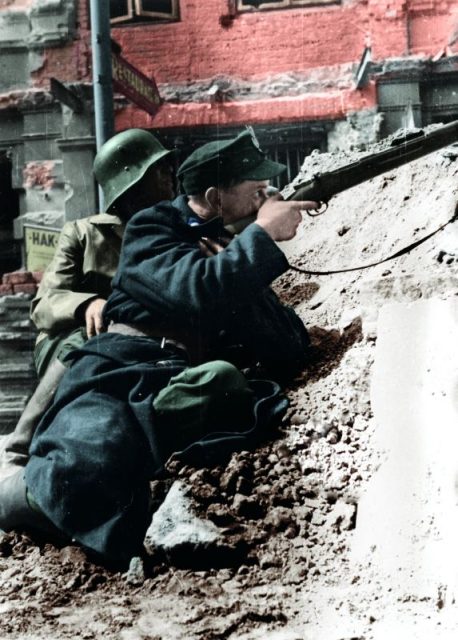
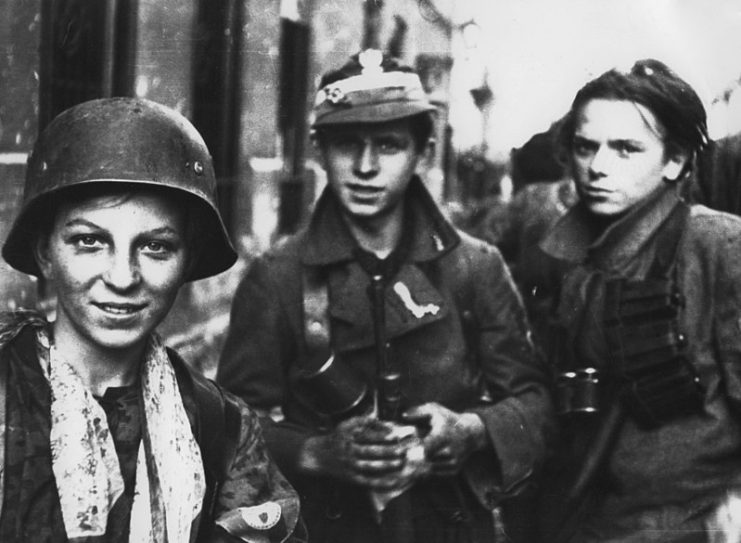
Prague
Prague, the capital of Czechoslovakia, remained in German hands until the very last days of the war. Then, in May 1945, the local resistance network triggered an uprising against the Germans. Five days of bitter fighting ensued. While some Germans evacuated, others fought for their lives and territory.
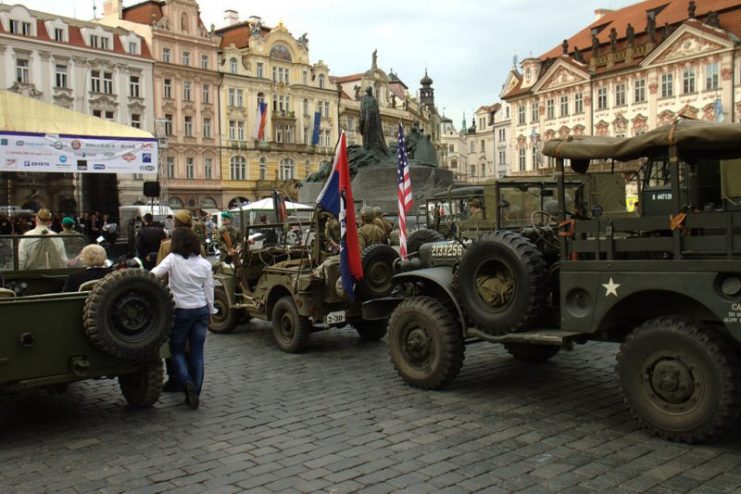
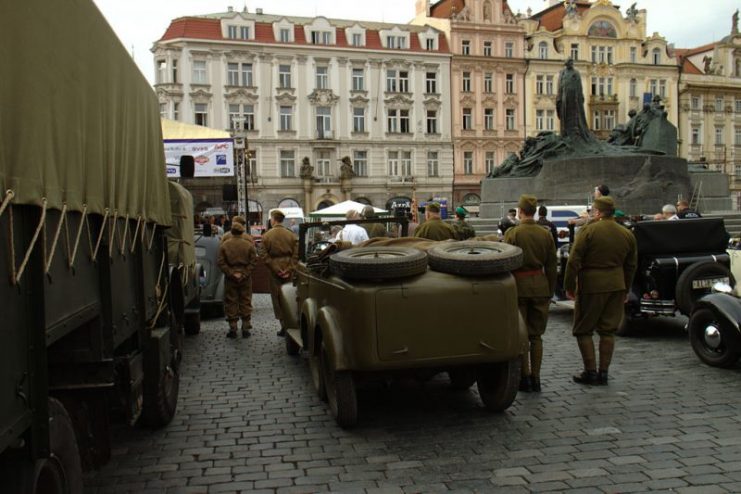
By the time the Russians reached the city, the Germans had largely been driven out thanks to the successful uprising.
There was no sense of betrayal as in Warsaw, and because the Russians didn’t need to fight much, they didn’t bring destruction with them. They were greeted by welcoming crowds, who cheered and waved as Marshal Konev drove into the city.
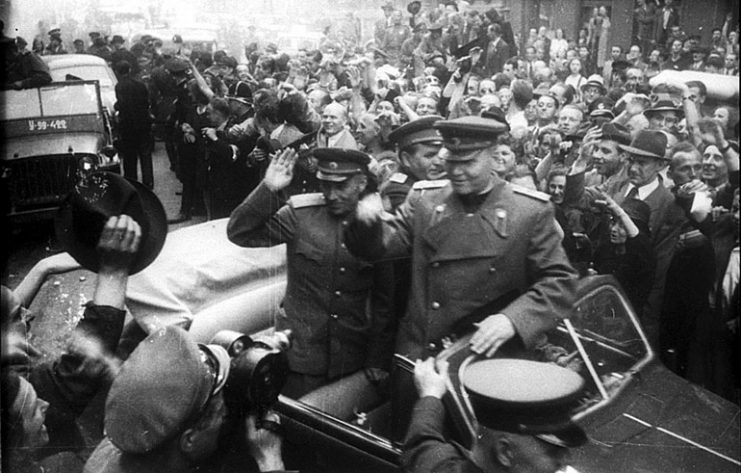
Berlin
For some German citizens, the arrival of the Allies meant liberation from a brutal regime. But for many more, it represented conquest by foreign powers. Worse still for the citizens of Berlin, that conquest was by the Soviets, renowned for their brutality and their dreaded Communist regime.
Read another story from us: Operation Bagration – The Soviet Liberation of Belarus
Some Berliners fought tooth and nail to stop the Soviet capture of their city. Many more simply struggled to survive as their city was devastated by fierce fighting.
For some cities, the war ended with wine and flowers. For others, it was bullets and bombs.
